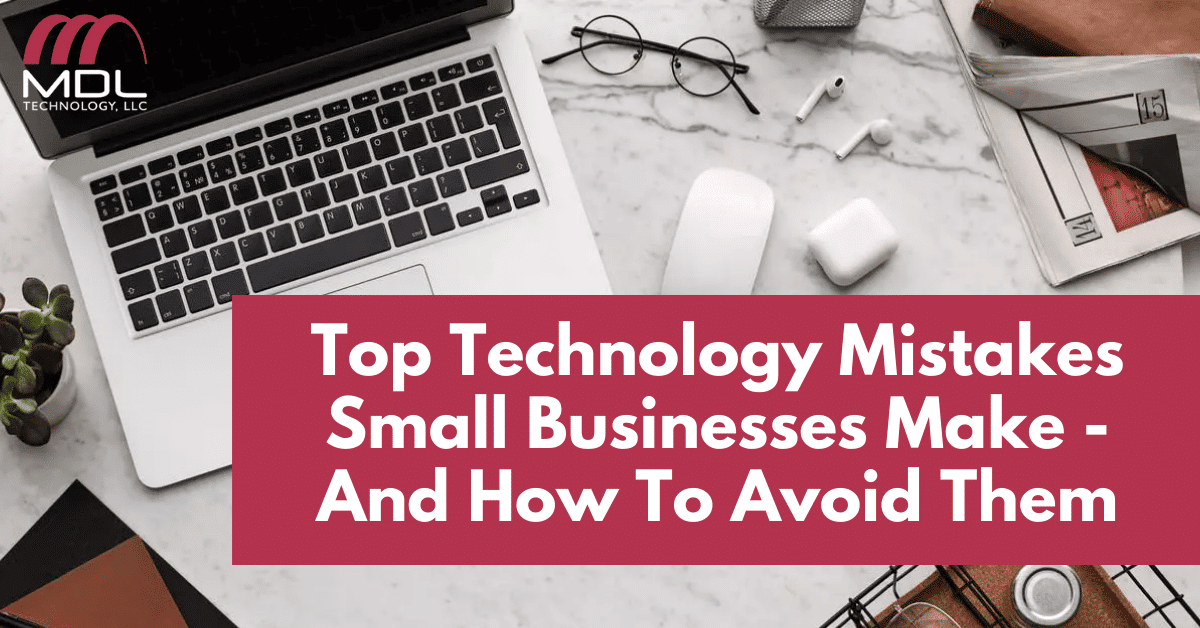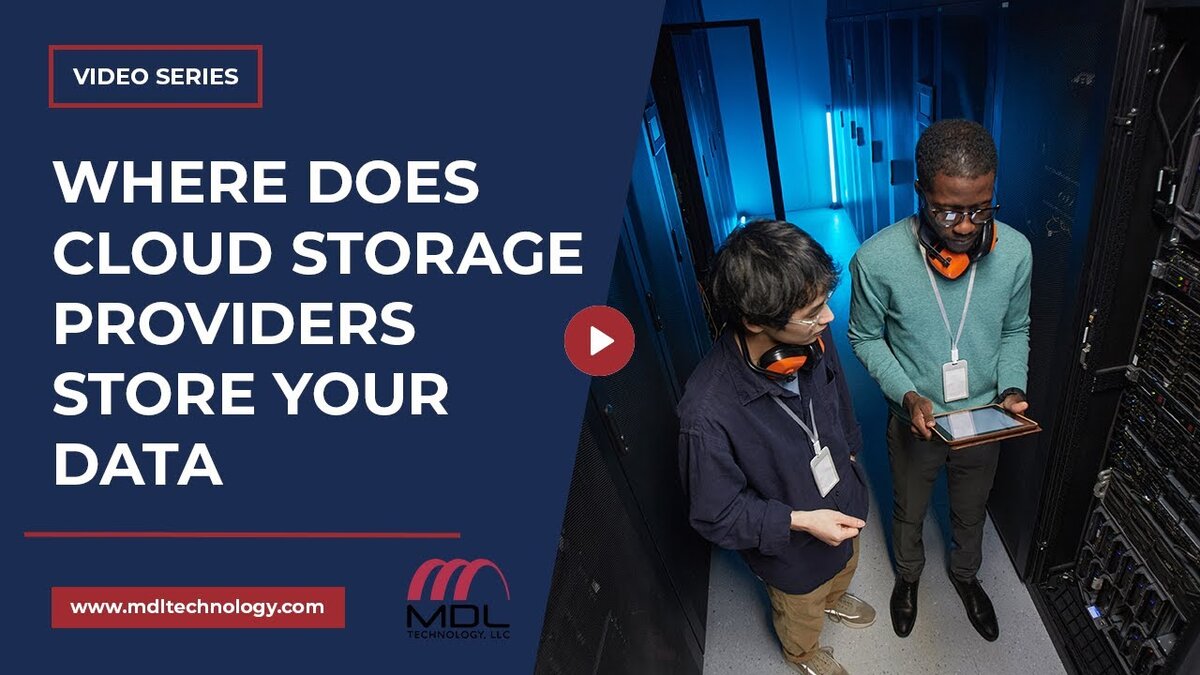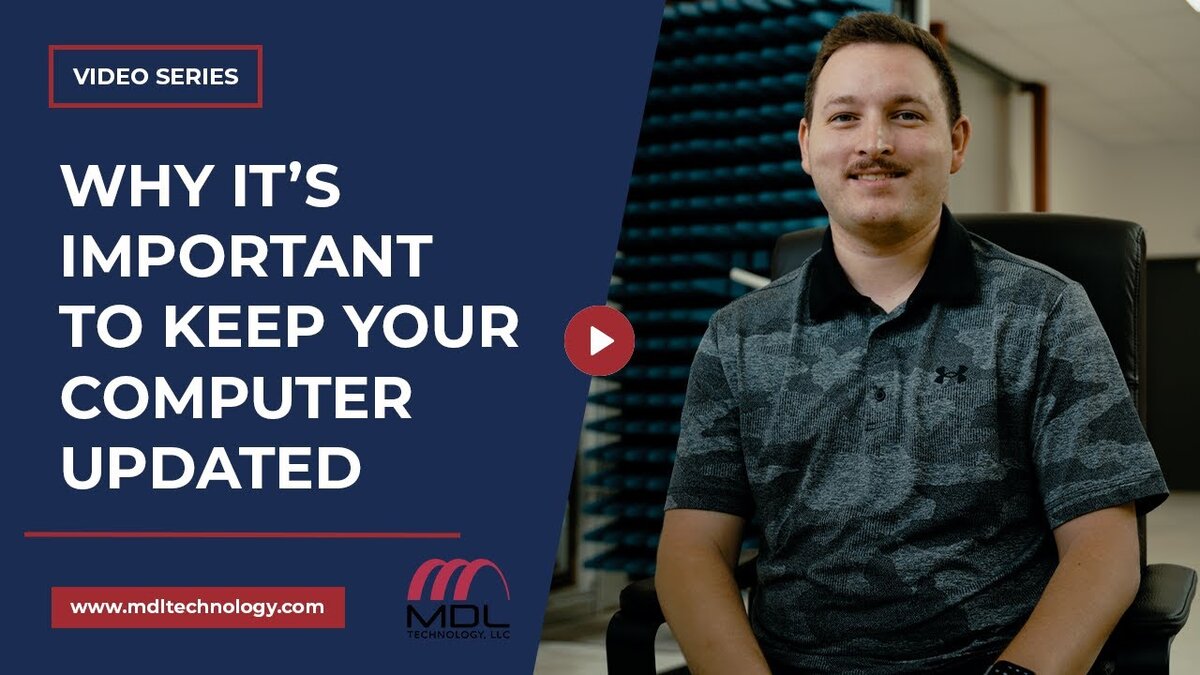Technology can really make or break a small business. Here are some common technology mistakes that small businesses make — and what to do instead.
Mistake #1 – Outdated Hardware and Software
You may not be rocking a relic from the ‘80s, but computers and technology become outdated a lot sooner than many people think. Technology is fast-paced and evolving, which is why upgrades and updates are critical. According to Business News Daily, desktops tend to last around 5 to 8 years, while laptops have a shorter lifespan at 3 to 5 years.
There are lots of competing demands on budgets, which is why it can be easy to overlook the importance of updating a business’ hardware and software. From a financial standpoint, it may seem wise at first glance to wait to upgrade until absolutely necessary, i.e. hardware breaks. Not only can it be expensive to replace your existing hardware and software, but it can also be time-consuming to switch processes over to the updated systems.
 However, according to Phoenix Business Journals, holding on to outdated technology can end up costing your company more than it saves. Not only does it open your business up to security risks, but outdated hardware and software can slow down productivity, increase data loss and be incompatible for future changes and growth.
However, according to Phoenix Business Journals, holding on to outdated technology can end up costing your company more than it saves. Not only does it open your business up to security risks, but outdated hardware and software can slow down productivity, increase data loss and be incompatible for future changes and growth.
Manufacturers will announce that their hardware or software has an “End of Life”, or EOL, expectancy, which is when a product has reached the end of its useful lifespan and the company will no longer make, sell or market that specific product. This typically occurs when a manufacturer is releasing a newer model that is intended to replace the existing one. When a company does this, they will also start charging extra for any support maintenance needed on the older model to help encourage customers to make the switch to the newly released product.
This can feel annoying at best and frustrating at worst for consumers. Why would a manufacturer choose to cease support for existing products? According to Saggis, it’s typically because “users want more features, better performance, improved tools, etc. Eventually, the old software becomes incapable of meeting these demands so a new program is created to replace it.”
With each upgrade that a manufacturer like Microsoft makes, the product becomes better equipped to serve the companies that use it. Software updates or software patches include repairs to any security holes or weaknesses to help protect you from security flaws. Using older software platforms can open up your business to the unpatched vulnerabilities that exist, leaving you exposed to hackers or malware.
While hardware replacements should happen every 3-5 years, software updates should happen more frequently. Now, when we are discussing software, we are including things such as operating systems, office applications, any specialized software your company needs and cloud-based systems. These different types of software need to be updated on different schedules. For example, an operating system should be evaluated regularly to make sure you’re staying current with the latest security patches for the version you’re using.
 One of the reasons why cloud-based applications are growing in popularity is that they get updated on a regular basis through the internet every time you use them. These types of applications can also save companies money. As Technology Advice points out, Software as a Service (Saas) “eliminates the upfront cost of purchase/installation, as well as on-going costs like maintenance and upgrades. Instead of spending large amounts of money on hardware installations, (they) can be easily downloaded and maintained.”
One of the reasons why cloud-based applications are growing in popularity is that they get updated on a regular basis through the internet every time you use them. These types of applications can also save companies money. As Technology Advice points out, Software as a Service (Saas) “eliminates the upfront cost of purchase/installation, as well as on-going costs like maintenance and upgrades. Instead of spending large amounts of money on hardware installations, (they) can be easily downloaded and maintained.”
Solutions such as SaaS, cloud computing and more can help leverage their advantages to help your business stay competitive in the changing market when you need to upgrade or replace your current systems. It helps to have an expert on your side when navigating some of these solutions.
Mistake #2 – Failing to Properly Protect and Store Data
Data is becoming increasingly more important for the success of businesses, which is why it is becoming an even more sought-after commodity. Hackers are ruthless when it comes to destroying websites and stealing valuable information from companies, with devastating effects. The U.S. National Cyber Security Alliance found that 60% of small businesses that suffer a cyber attack go out of business within half a year.
A few of the biggest hurdles for many small businesses when it comes to data protection is a lack of knowledge and resources. How do you store data? How long should you keep it? And how can you safely destroy it when it’s no longer needed? These questions and more can be answered in-depth by our expert backup management team, but let’s address some of these concerns.
 For many small to midsize companies, buying and maintaining their own servers on-site doesn’t make fiscal sense. Not only do these servers take up a lot of space, but there is a large cost associated with this method of data storage. Because of these reasons and more, many companies are switching to a cloud-storage approach to their data. For an in-depth look at the pros and cons of various cloud storage options, check out our blog: Public vs. Private Cloud Storage: Which Is Better for Your Business?
For many small to midsize companies, buying and maintaining their own servers on-site doesn’t make fiscal sense. Not only do these servers take up a lot of space, but there is a large cost associated with this method of data storage. Because of these reasons and more, many companies are switching to a cloud-storage approach to their data. For an in-depth look at the pros and cons of various cloud storage options, check out our blog: Public vs. Private Cloud Storage: Which Is Better for Your Business?
There are a few other practical tips that your company can implement to help keep your data secure. For example, antispam software can help protect your employees’ inboxes from phishing emails, malware and other risks and is a relatively easy thing to implement.

Another easy protection for your data? Better passwords. It may seem like a nuisance, but regularly updating your passwords and avoiding using the same ones across multiple platforms is a simple way to add more security. The stronger your password, the stronger your defense.
A good rule of thumb is that the passwords should have at least 12 characters, with a mix of upper and lowercase letters, symbols and numbers. Here are some tips from Google to help you create stronger passwords that are easier to remember. Try to use:
- A lyric from a song or poem
- A meaningful quote from a movie or speech
- A passage from a book
- A series of words that are meaningful to you
- An abbreviation: Make a password from the first letter of each word in a sentence
Helping to educate your employees on the importance of safe data practices, such as avoiding phishing emails and creating strong passwords, can help to build a great defense to secure data. For a more in-depth analysis of your company’s risk and solutions, feel free to contact us.
Mistake #3 – Allowing Unrestricted “B.Y.O.D.” (Bring Your Own Device)
Many small businesses let their employees complete their job tasks on their own devices, such as personal laptops or smartphones. This is a policy that serves many small companies well because it helps to avoid the cost of buying new equipment for employees. The Balance Careers also found that employees take better care of their equipment because it actually belongs to them: if it breaks, it’s up to the employee and not the company to replace it.
Another benefit of a B.Y.O.D. approach is that each employee can use their preferred system. You can avoid the whole “Mac vs. PC” debate because each individual can choose the one that best suits them. Companies also avoid a system learning curve because employees are familiar with their own devices so they can be productive straight away.
Allowing employees to bring their own devices may seem like a smart fiscal decision at first glance, but it opens your business up to a lot of security risks.
When workers use their personal devices, it can spread data all over the place, often without suitable encryption. Not only does this increase the risk of data breaches or virus exposure, but it can also potentially put companies in danger with regard to legal compliance.

Unsurprisingly, as B.Y.O.D. strategies have grown in popularity, it has correlated with a substantial increase in cybercrimes. According to Cybersecurity Ventures, the cybercrime industry is expected to top $6 trillion in 2021. Luckily, there are things that your company can do to help mitigate some of the risks.
Having a clearly defined acceptable use policy, implementing a mobile device management (MDM) solution, providing proper awareness training and having a plan in place just in case a device becomes compromised can help reduce security risks for your employees and ultimately your company.
We understand the allure and cost savings of a B.Y.O.D. approach, which is why we help our customers develop an enterprise mobility management plan to get the flexibility many workers enjoy with the security that your company needs.
Rely on the Professionals — We Can Help
Many people have the incorrect assumption that outsourcing their technology needs to come with a large price tag. With affordable solutions for businesses of all sizes and industries, MDL Technology is there for your IT needs every step of the way. Contact us today to learn more.







